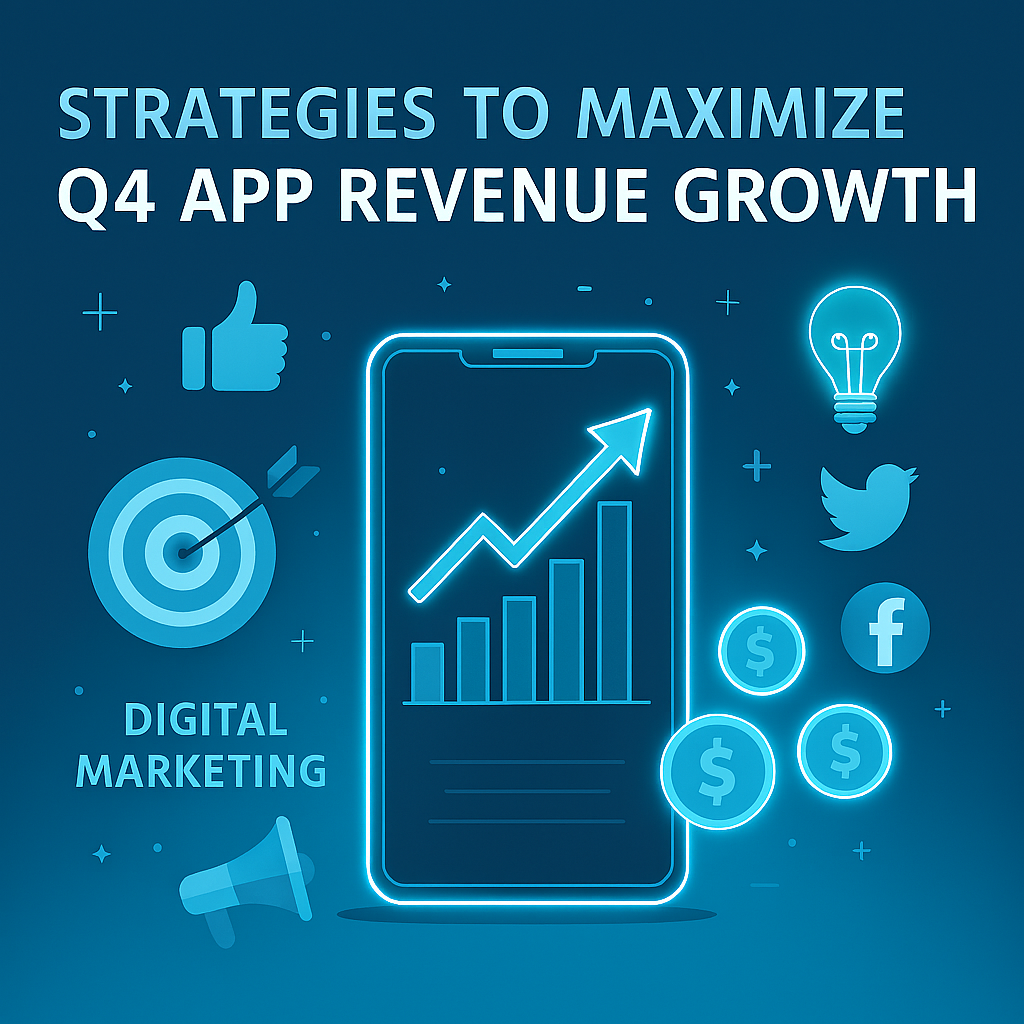Mobile game promotion uses a lot of different ads formats. Every mobile game marketer knows very well that one format is not enough, she must use a mix of formats and sources in order to achieve the best results, in terms of volumes and return on investment.
Here at Mapendo we run our own creative formats on mobile gaming ads, based on different standards, banners & videos.
Different creatives have a different impact on your mobile gaming app growth. Let’s see how banners and video differ:

Banners for mobile gaming apps
Banners have existed since the web has been created (almost). Banners are playing a very important role in mobile app promotion.
It's a cheap and thus effective way of promoting mobile apps. Lots of impressions with a not so high click through rate and decent conversion rate.
Banners are used also in mobile games, since the supply of banner slots is very abundant and prices tend to be lower than prices for other formats.
The biggest weakness of banners is their engagement: as a static format, users don't interact a lot and clicks happen only when the user is very interested (or by mistake, in some cases).
Banners for mobile games have emerged with some dynamic content. For example dynamic text is shown inside the banner or a toggle is shown instead of a static button.
This leads to a relatively higher click through rate, overcoming one of the biggest problems with banners.
Videos for mobile gaming apps
As you already know for sure, video is a very engaging format for mobile ads. Videos have been used to promote mobile games since the beginning of the mobile gaming industry.
Videos are not only the video itself. After the video has been shown to the user an end card is also shown, another piece of content that might be static or dynamic:
- a static end card is like a landing page that is shown at the end of the video. It might contain some graphic elements, a call-to-action (CTA) and one button that leads the user to the store.
- a dynamic end card might contain another video (with a call-to-action and a button) or a playable ad. A Playable ad is a piece of HTML content that mimics the mobile game, letting the users play for a few seconds, so they can choose if they want to download the game.
Which one is a better creative for mobile games: banner of video?
This is a tricky question: every app install is good, as long as it generates a good ROAS. So the obvious answer for the mobile app marketer is: you have to run at the same time every possible ad that is generating a good ROI.
No ad is better than the others, but different ads generate different new users. Let's look at the different data for users that come in through banners and users brought in by video campaigns.
- Engagement: after the video has been shown to the user and (eventually) the playable end card the engagement of users is usually higher. On the other hand, users click on banners without engaging with its content, so they might have a lower engagement rate with the app they are going to download. On average, videos tend to generate higher ROI than banners. Our data show that LTV (another way for measuring ROI) for Android users that clicked on video campaigns is 40% higher than LTV for users who clicked on banners;
- Conversion rate: again, users clicking on the video tend to have higher click-through-rate. The dynamic ad is more efficient and pushes the user to click more frequently.
- Prices: eCPM for banners is very low compared to equivalent CPM for videos. As an example we are giving you some data from our traffic sources in June 2023, for Android traffic in the USA: eCPM for videos is 2x higher than eCPM for banners. Our data also shows that equivalent CPI for banners is 20% lower than equivalent CPI for videos.
In a nutshell, how to choose the best format between video and banner for mobile gaming ads?
Our clients ask this question very often, but it's the wrong question. There is no best format, every install counts (or everything counts, as the Depeche Mode would sing). With a strong measurement system in place, every install is paid according to the expected return on investment it would generate, and this allows the mobile app marketer to stop worrying about the best creative format, while focusing on maximizing the revenue from money spent on ads.





















